Is Everyone On The Autism Spectrum?

Introduction to Autism and the Spectrum
Autism spectrum disorder (ASD) is a complex, lifelong neurodevelopmental condition that affects how a person interacts with the world. It manifests through a wide range of traits, strengths, and challenges, underscoring the importance of recognizing the diversity within autism. This article explores what autism is, its prevalence, causes, and how the neurodiversity movement is reshaping our understanding of neurological differences. We aim to clarify misconceptions, highlight individual variability, and promote acceptance of neurodivergent individuals.
What is Autism and Its Main Characteristics
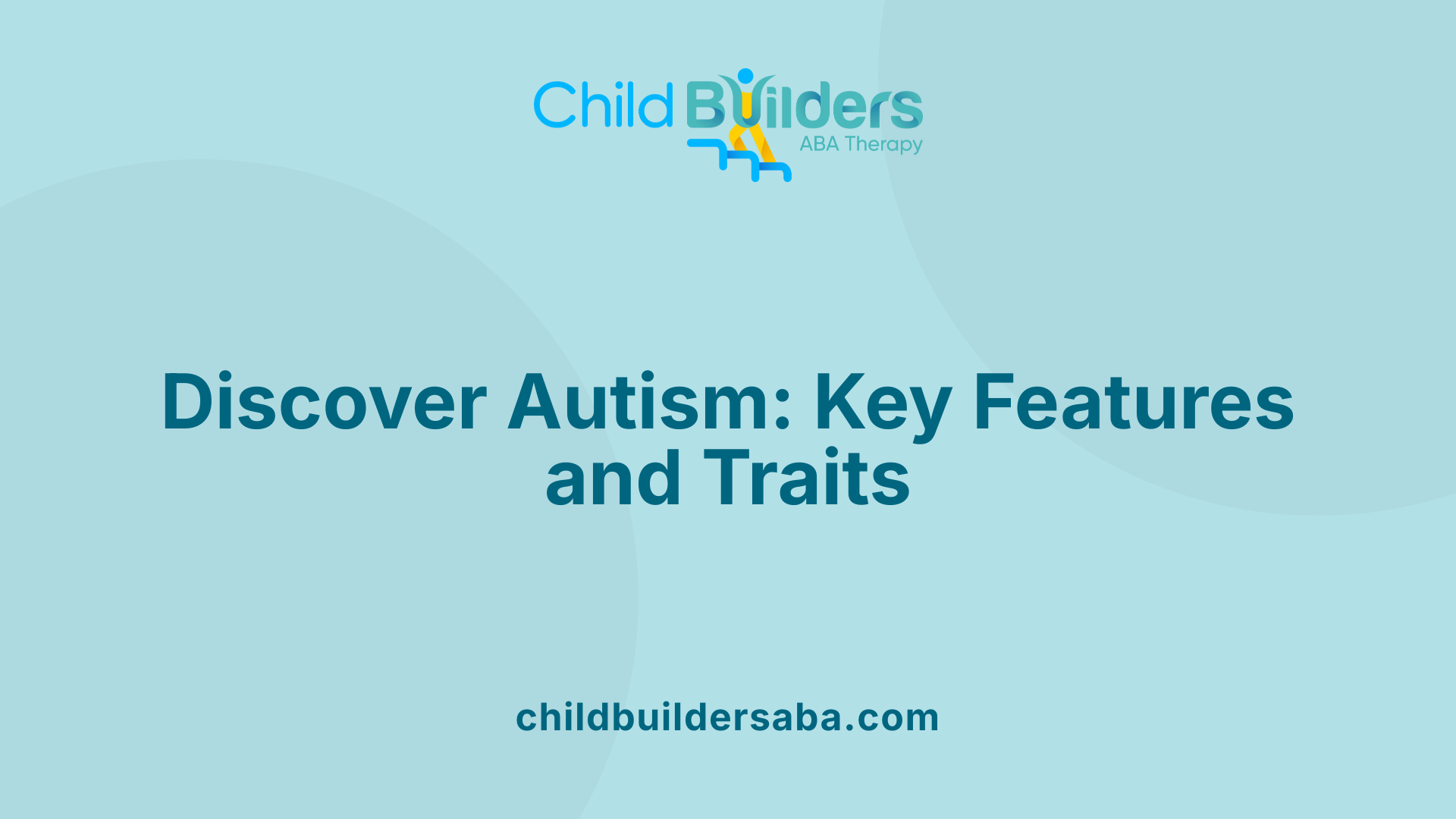
What is autism and what are its main characteristics?
Autism spectrum disorder (ASD) is a lifelong neurodevelopmental condition that influences how a person interacts with the world. It is marked by noticeable differences in social communication, behavior, and sensory experiences. These differences can manifest in many ways, making each individual’s experience unique.
One of the core features of autism is difficulty in social interaction. This includes challenges in understanding and expressing emotions, limited eye contact, and trouble interpreting social cues such as body language or tone of voice. Many autistic individuals find social situations overwhelming or confusing, which can affect forming friendships and maintaining relationships.
In addition to social challenges, autism is characterized by focused interests and repetitive behaviors. These behaviors might include hand flapping, rocking, or spinning objects. Many autistic people also prefer routines and find sudden changes stressful. Sensory sensitivities are common, where sounds, lights, or textures might be either overwhelming or soothing.
The spectrum nature of autism means that characteristics vary greatly among individuals. Some may be nonverbal, have intellectual disabilities, or require lifelong support. Others might have average or superior intelligence, highly developed skills, and need little or no assistance in daily life.
Signs of autism usually become apparent early, often before age three. Early signs include not responding to their name, limited eye contact, delayed speech, or unusual behaviors like repetitive movements. Diagnosis involves behavioral assessments by professionals, who observe social, communicative, and behavioral patterns.
While autism cannot be cured, various therapies and interventions can support development and improve daily living. Support strategies are tailored to each person’s strengths and needs, emphasizing acceptance of neurodiversity and promoting full participation in community life.
The Spectrum of Autism and Individual Variability
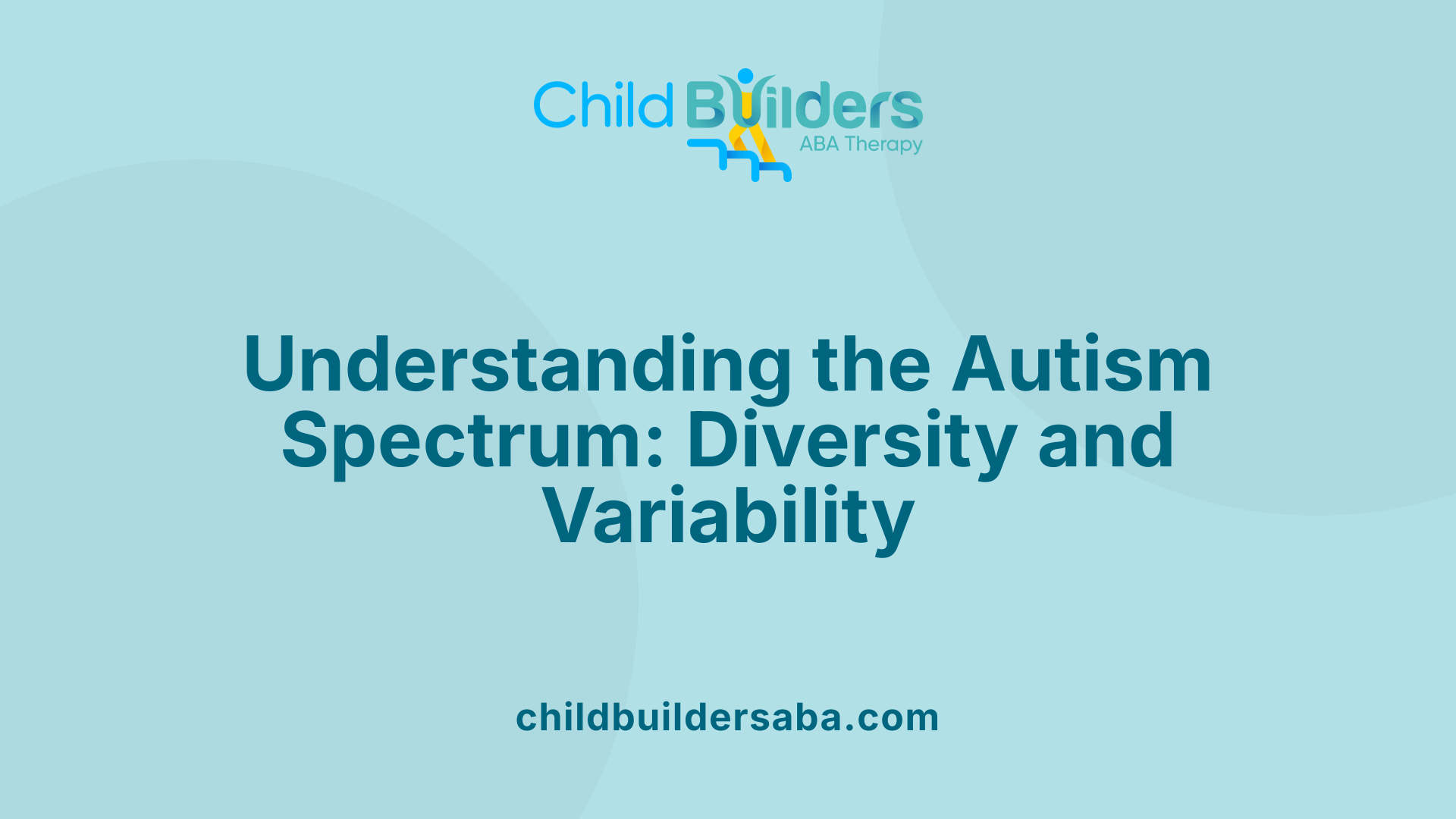
What is the concept of the autism spectrum?
Autism is best understood as a broad range of neurodevelopmental differences, rather than a single condition. This range, known as the autism spectrum, encompasses a variety of traits, strengths, and challenges that vary widely among individuals. Each person with autism has a distinct profile, combining differing levels of social communication skills, behaviors, interests, and sensory sensitivities.
The diversity of traits, strengths, and challenges
Autistic individuals can display an array of characteristics. Some may be highly verbal with strong cognitive skills, while others may have partial or no speech and learning disabilities. Strengths often include exceptional memory, logical thinking, or visual skills. Conversely, challenges might involve difficulties with social interactions, sensory overload, or repetitive behaviors.
The spectrum as a color wheel or continuum
Visual representations like a color wheel or continuum are often used to illustrate the spectrum. In such models, each individual’s unique combination of traits is mapped across a broad range, highlighting that autism covers many different levels and types of abilities and difficulties. This perspective emphasizes flexibility, showing that autism isn't a fixed point but a diverse and dynamic spectrum.
Variability in communication, behavior, and sensory responses
Communication styles can vary from highly verbal to nonverbal. Some individuals may use spoken language effortlessly, while others rely on gestures or alternative communication methods. Behaviorally, many exhibit repetitive movements, intense interests, or routines, though the specific behaviors differ from person to person. Sensory sensitivities are common, with some autistic individuals experiencing heightened responses to sounds, lights, or textures, which can significantly impact daily life.
How neurodiversity relates to autism
Neurodiversity is the understanding that neurological variations, such as autism, are natural parts of human diversity. It promotes acceptance and accommodation of different ways the brain works, rather than viewing autism solely as a disorder to be cured. Many autistic advocates see their condition as a difference that can contribute positively to society when supported with appropriate environments and opportunities. The movement emphasizes respect, inclusion, and the recognition of strengths alongside challenges, fostering a more inclusive view of human cognitive diversity.
Is Everyone on the Spectrum or Possessing Autistic Traits?
Many people show signs of traits associated with autism, such as social communication differences, sensory sensitivities, or repetitive behaviors. These traits can appear in varying degrees across the population, and not everyone with such traits has a diagnosis of Autism Spectrum Disorder (ASD).
Research indicates that approximately 1 in 100 children in the U.S. are diagnosed with autism, with a higher prevalence among boys. However, even individuals without a formal diagnosis might experience certain challenges or behaviors that resemble autistic traits.
The distinction between having traits and being diagnosed is significant. An autistic individual with a formal diagnosis may require specific support and interventions, while someone with traits might manage without formal assistance but still face difficulties in social settings or daily life.
Autistic traits can influence many aspects of daily routines, employment, and health. For instance, adults with autism often encounter barriers in finding and maintaining employment and managing their health effectively.
Early recognition of autistic traits, sometimes through advanced methods like facial analysis aided by deep learning, can lead to earlier interventions. This support can significantly improve life quality, helping autistic people develop skills and navigate social environments more comfortably.
In summary, while not everyone exhibits autism, many possess traits that highlight the diversity of human neurodevelopment. Understanding this spectrum fosters greater acceptance and guides support tailored to individual needs.
How Common Is Autism? The Prevalence and Trends
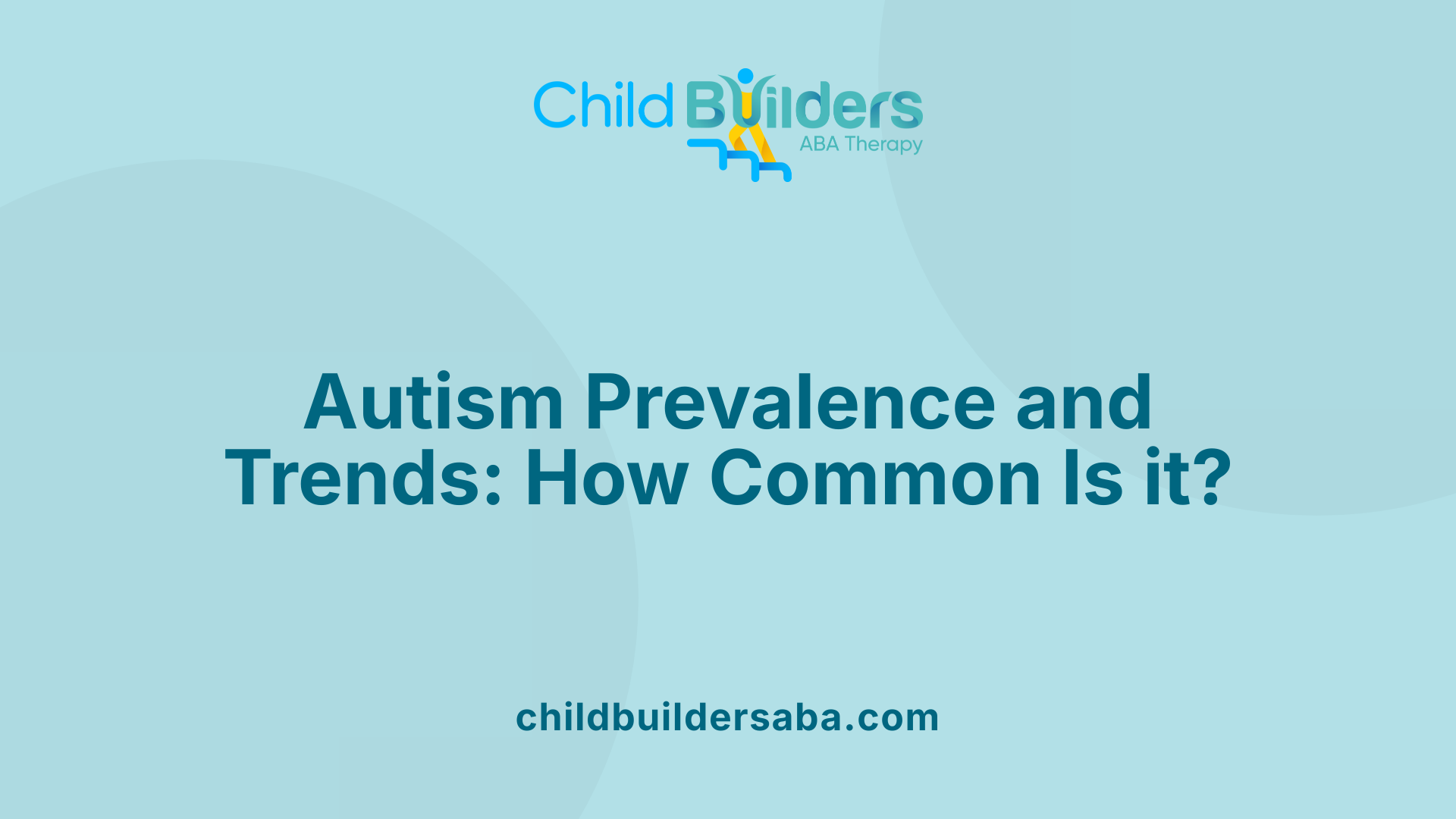
How common is autism?
Autism spectrum disorder (ASD) affects approximately 1 in 100 children globally, with recent data indicating an increase in diagnosis rates. The prevalence of autism appears to be rising over the past two decades, which many experts attribute to broader diagnostic criteria, increased public awareness, and improved screening practices.
Autism is a complex neurodevelopmental condition characterized by differences in how the brain processes information, impacting social interaction, communication, and behavior. Every autistic individual has a unique set of characteristics, with traits ranging from mild challenges to more pronounced difficulties.
The spectrum nature of autism means no two individuals are the same. Some may be highly verbal and academically gifted, while others might have significant support needs due to additional conditions such as intellectual disabilities or sensory sensitivities.
Although autism cannot be cured, early detection is vital. Support strategies—like behavioral therapies, speech and language therapy, and occupational therapy—can greatly enhance an autistic person’s ability to thrive and participate fully in society.
The risk factors for autism include genetic influences, with family history playing a significant role. Research also shows that environmental factors, such as parental age, prenatal exposures, and birth complications, can contribute, but vaccines have no link to autism.
Understanding the prevalence and diversity within autism helps foster a more inclusive and supportive environment, emphasizing strengths alongside challenges.
How is autism diagnosed?
Diagnosis typically occurs around ages 2 to 3 through clinical observation based on criteria outlined in diagnostic manuals like DSM-5. Recognizing early signs and symptoms can lead to earlier interventions, which are crucial for better outcomes.
Population data varies across countries, but consistent reports confirm that autism affects all racial, ethnic, and socioeconomic groups, highlighting its status as a global issue.
The growing awareness and research into autism continue to inform policy and support systems, aiming to improve quality of life for autistic individuals worldwide.
Causes and Risk Factors of Autism: Genetics and Environment
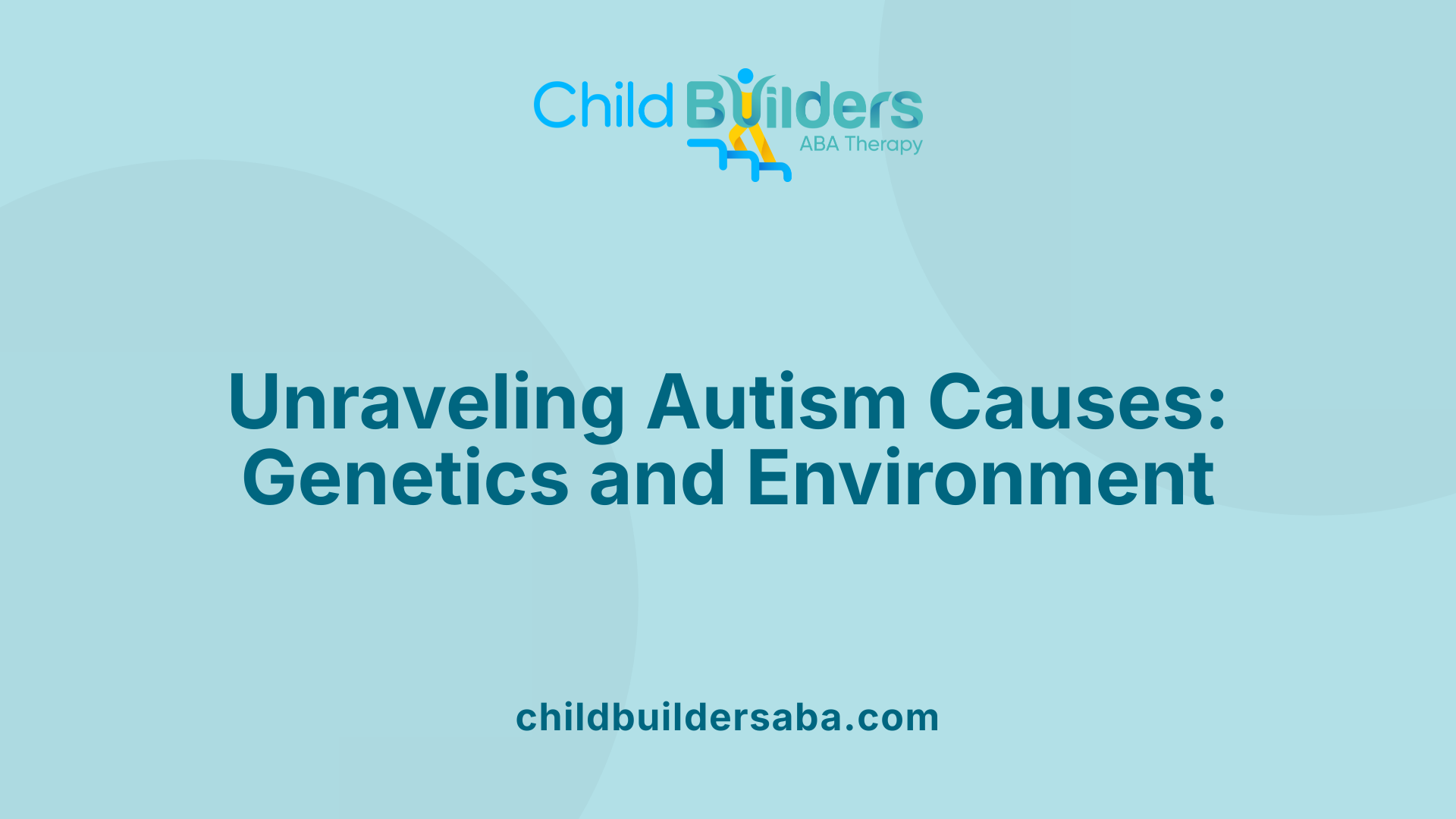
What causes autism?
Autism spectrum disorder (ASD) arises from a complex interplay of genetic and environmental factors that influence early brain development.
Genetic influences are significant and diverse. Research shows that gene mutations and inherited traits contribute to autism risk. Certain genetic syndromes, such as fragile X syndrome or Down syndrome, are linked with higher autism rates. Additionally, gene variations inherited from family members or changes in the genome can affect how neurons communicate and how different brain regions develop.
Environmental factors also play a crucial role. These include advanced parental age at conception, prenatal exposure to pollutants like air pollution or pesticides, and maternal health conditions such as diabetes or immune system disorders during pregnancy. Birth complications, especially those affecting oxygen supply to the brain, increase the likelihood of autism. These influences can disrupt crucial steps in brain wiring, affecting sensory processing, communication, and social interaction.
Research indicates that specific genetic and environmental factors often interact, collectively shaping the autism spectrum. Most current studies aim to unravel how genes and environmental triggers work together to influence early neuronal development and connectivity.
Importantly, there is no scientific support for common myths, such as vaccines causing autism. Decades of rigorous research confirm that vaccines do not increase autism risk.
Ongoing investigations continue to improve understanding of autism's origins, aiming to inform better support and intervention strategies for individuals across the spectrum.
| Influences | Examples | Notes |
|---|---|---|
| Genetic | Gene mutations, inherited traits, genetic syndromes | Family history increases risk; highly heritable |
| Environmental | Parental age, prenatal pollutants, maternal health | Impact on early neuronal growth |
| Brain Development | Neuron communication, regional connectivity | Affected by both genetic and environmental factors |
Knowing about these factors helps foster a supportive environment for autistic individuals, emphasizing that autism's causes are multifaceted and still under study.
Addressing Common Misconceptions about Autism
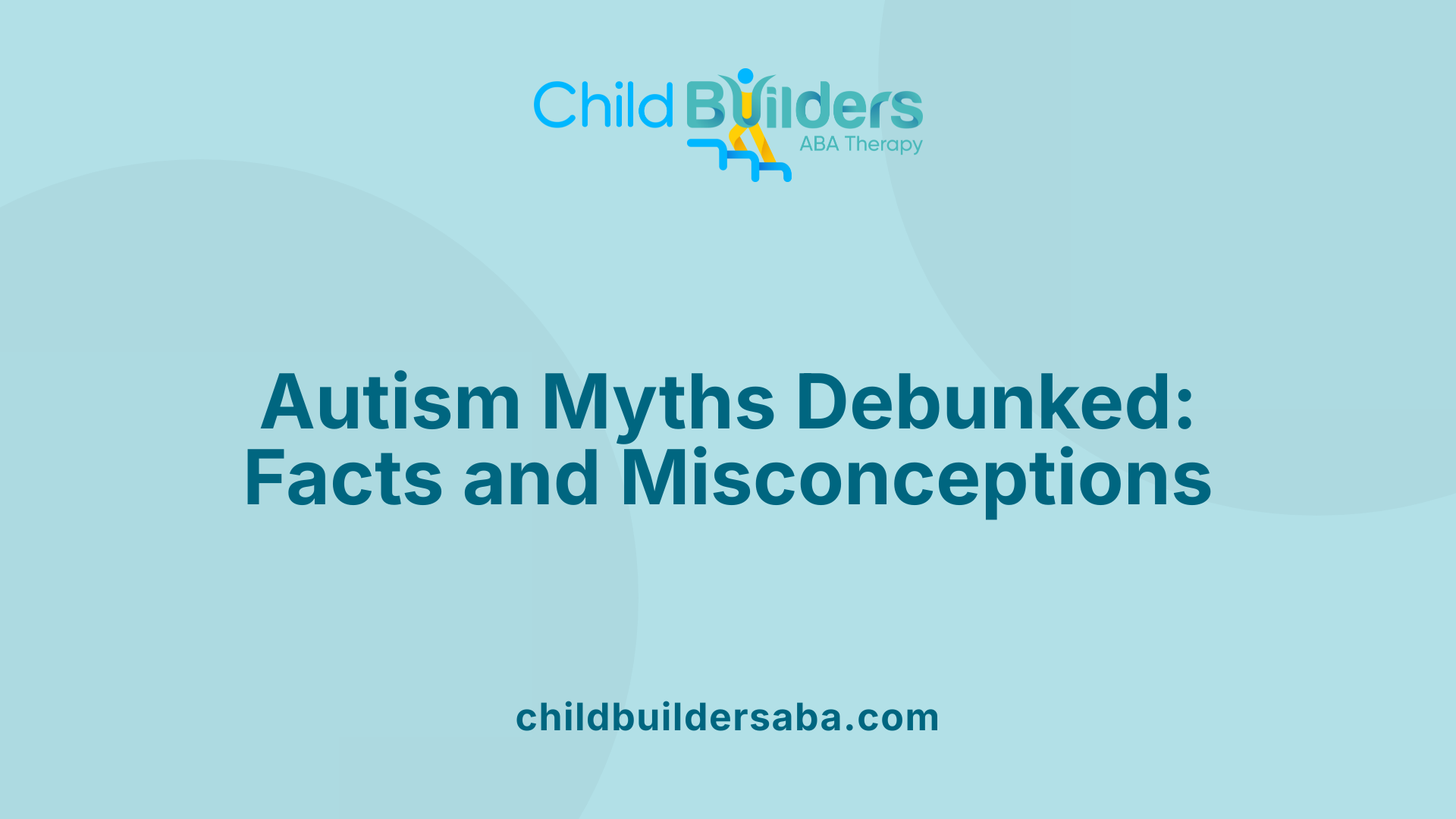
Are there common misconceptions about autism?
Yes, many misconceptions persist about autism, which can hinder understanding and support for autistic individuals. One widespread myth is that autism is caused by poor parenting or childhood trauma. Scientific research has firmly established that autism is primarily rooted in genetic and biological factors, not environmental blame or parenting styles.
Another false belief is that vaccines cause autism. Decades of rigorous scientific studies have found no link between vaccines and autism, disproving this harmful stereotype.
There is also a misconception that everyone with autism has extraordinary savant skills or is violent. In reality, autism is a spectrum, meaning each individual has a unique combination of strengths and challenges. Many autistic people have no particular savant abilities and are peaceful, kind, and highly capable individuals.
Some people think autism can be cured or that it’s simply a sign of being 'a little autistic.' Autism is a lifelong neurodivergence. While there is no cure, early support and therapies help autistic individuals lead full, meaningful lives.
Additionally, many assume autism only affects boys or people from certain backgrounds. In fact, ASD occurs across all genders, races, and socioeconomic groups. Diagnosis rates are increasing partly due to improved understanding and recognition, not because autism is spreading uncontrollably.
Understanding these facts is essential to fostering acceptance, reducing stigma, and providing proper support to autistic individuals.
Moving Towards Acceptance and Support
Understanding that autism is a spectrum and recognizing its diversity is essential for fostering a more inclusive and supportive society. Embracing neurodiversity means valuing different ways of thinking and being, and ensuring that autistic individuals receive the support they need to thrive. While autism is a lifelong condition without a cure, early diagnosis and tailored interventions can significantly enhance quality of life. Continued research, education, and societal change are vital in dispelling myths, reducing stigma, and promoting acceptance, ensuring that everyone, regardless of neurological differences, can lead fulfilling lives.
References
- Is Everyone A Little Autistic? - Forbes
- Autism Spectrum Disorder (ASD) Symptoms & Causes
- What is autism - National Autistic Society
- Data and Statistics on Autism Spectrum Disorder - CDC
- What is autism? - NHS
- Autism spectrum disorder (ASD)
- Understanding the Spectrum | Frist Center for Autism and Innovation
- Autism: Signs and characteristics - Canada.ca
- What causes autism? | Autism Speaks
- What is autism? - Autism Spectrum Australia (Aspect)





































































































